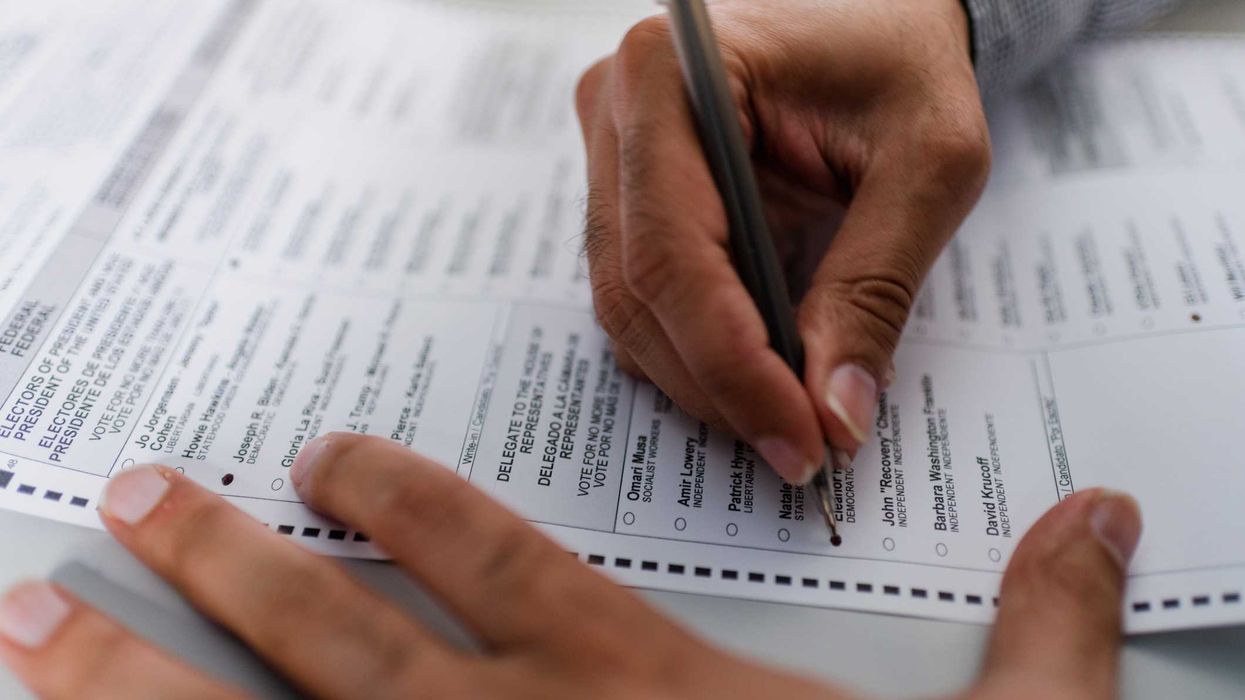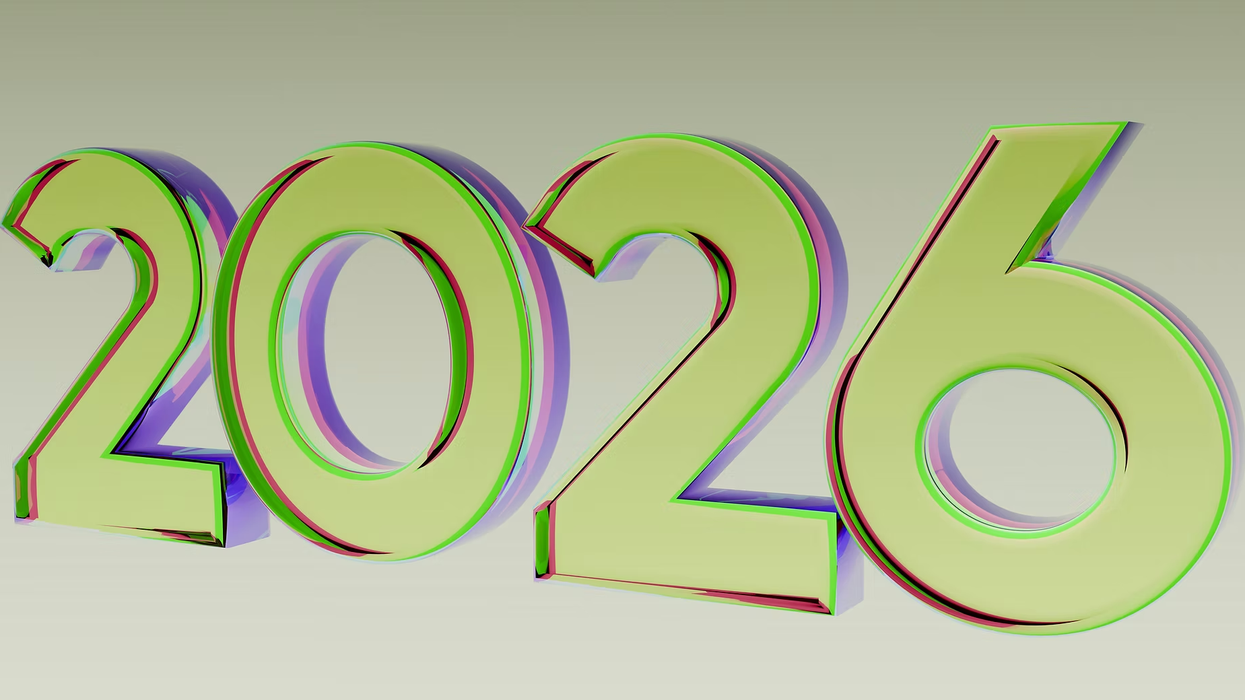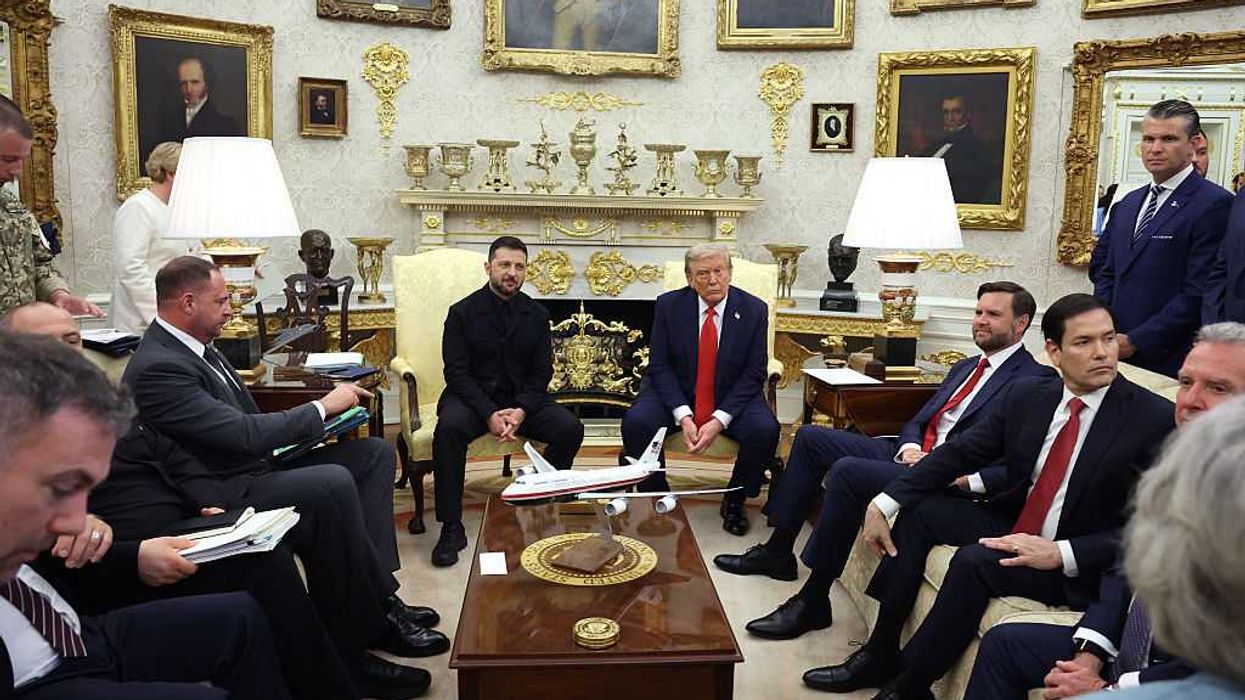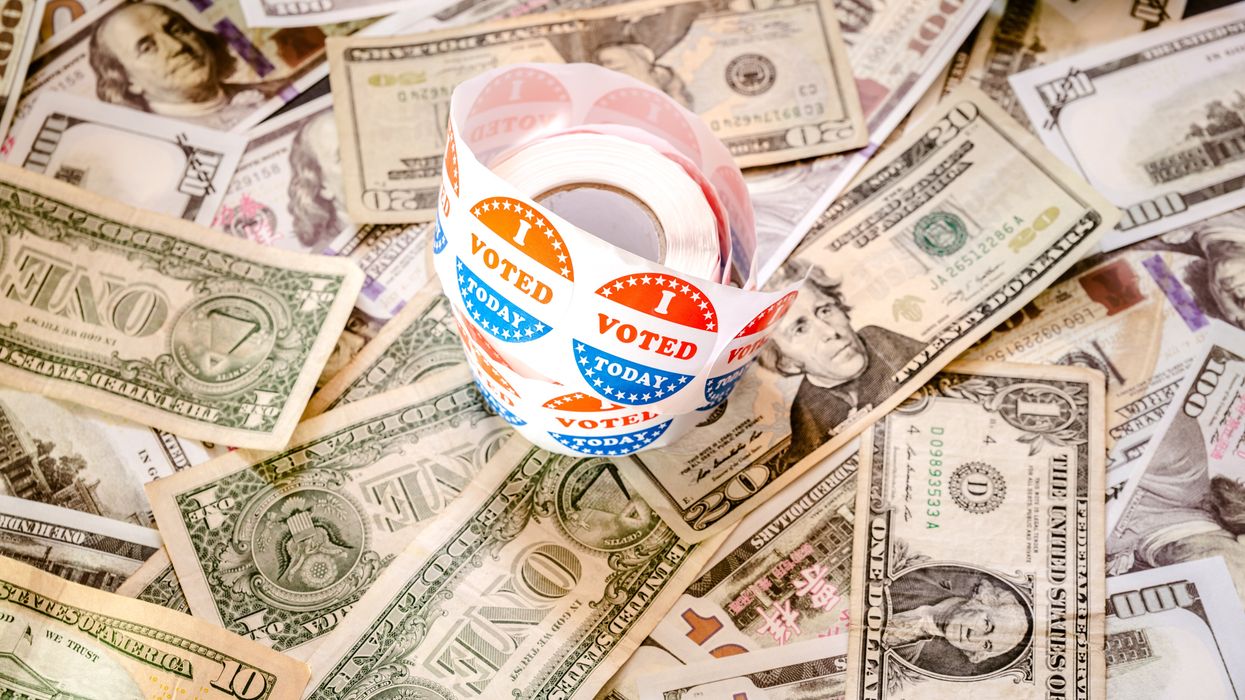In 2024, campaign fundraising in federal elections was more nationalized than ever. Candidates for both the House and Senate continued a decades-long trend of relying less on donations from the voters they represent and more on contributions from donors across the country. The nationalization of campaign contributions, once a concern among elections experts, is now a defining feature of congressional campaigns.
An analysis of 2024 House and Senate campaign data reveals just how deeply this transformation has taken hold. From candidates in small states with limited donor bases to top congressional leaders with national profiles — and especially in competitive races in battleground states — non-local campaign contributions were ubiquitous.
Local money hits near-historic low in 2024 campaigns
As congressional campaigns have become more nationalized, the share of money coming from within a candidate’s state or district has continued to fall — and in 2024, it reached the second-lowest levels ever recorded.
Just 17.6 percent of itemized donations to House campaigns came from inside the district, while Senate candidates raised only 27.5 percent from in-state donors. Only the 2020 election cycle saw lower shares of local fundraising, underscoring a long-term trend away from locally sourced campaign financing as candidates increasingly rely on national donor networks, online platforms and ideological contributors from outside their home turf.
The historic lows of 2020 help explain how these patterns accelerated: The Covid-19 pandemic forced campaigns to abandon in-person events and shift to digital fundraising, which resulted in record amounts of campaign dollars flowing through online campaign fundraising platforms like ActBlue and WinRed. This dramatic uptick in digital fundraising, combined with more national attention being paid to local races, coincided with a surge in out-of-state contributions. These figures remained high in 2024, which allowed candidates to pull in thousands of donations from across the country.
While such fundraising strategies help boost totals and expand reach, they also raise questions about local accountability and whether today’s campaigns are still financially rooted in the communities they aim to represent.
Candidates rely less on local money than ever before
Congressional candidates who raise more than $200,000 have been raising smaller percentages of their campaign funds from within the districts (for House candidates) and states (among Senate candidates) that they seek to represent.
Cycle | House candidates | House R's | House D's | Senate Candidates | Senate R's | Senate D's | |
2012 | 33.8% 33.8% 33.8% | 38.0% 38.0% 38.0% | 28.4% 28.4% 28.4% | 51.8% 51.8% 51.8% | 54.4% 54.4% 54.4% | 49.7% 49.7% 49.7% | |
2014 | 34.8% 34.8% 34.8% | 39.0% 39.0% 39.0% | 29.3% 29.3% 29.3% | 43.3% 43.3% 43.3% | 45.9% 45.9% 45.9% | 40.4% 40.4% 40.4% | |
2016 | 29.6% 29.6% 29.6% | 32.3% 32.3% 32.3% | 26.3% 26.3% 26.3% | 44.1% 44.1% 44.1% | 44.8% 44.8% 44.8% | 43.4% 43.4% 43.4% | |
2018 | 21.1% 21.1% 21.1% | 26.1% 26.1% 26.1% | 18.4% 18.4% 18.4% | 41.7% 41.7% 41.7% | 49.2% 49.2% 49.2% | 38.6% 38.6% 38.6% | |
2020 | 16.7% 16.7% 16.7% | 18.4% 18.4% 18.4% | 15.4% 15.4% 15.4% | 18.9% 18.9% 18.9% | 24.9% 24.9% 24.9% | 15.4% 15.4% 15.4% | |
2022 | 20.3% 20.3% 20.3% | 21.6% 21.6% 21.6% | 18.9% 18.9% 18.9% | 29.2% 29.2% 29.2% | 38.0% 38.0% 38.0% | 23.6% 23.6% 23.6% | |
2024 | 17.6% 17.6% 17.6% | 18.1% 18.1% 18.1% | 17.2% 17.2% 17.2% | 27.5% 27.5% 27.5% | 37.4% 37.4% 37.4% | 30.0% 30.0% 30.0% |
Source: OpenSecrets analysis of federal campaign finance disclosures.Get the data Embed Download image Created with Datawrapper
Small states relied most on outside donors
Candidates in the nation’s least-populated states relied more heavily on non-local money than anywhere else in the 2024 cycle. These states, with just one or two House districts and relatively few major donors, dominate the list for outside fundraising. In the House, Delaware (93.9 percent), Vermont (92.1 percent) and Wyoming (89.3 percent) had the highest average out-of-district percentages among general election candidates. The trend extended to the Senate, where Vermont (92.6 percent) and Wyoming (92.5 percent) candidates relied most on out-of-state support.
Even among viable, well-funded campaigns, local donors often played a secondary role. Candidates in small and rural states typically lack dense networks of high-dollar contributors, forcing even incumbent campaigns to lean on national party committees, digital fundraising platforms and out-of-state donors.
States with the highest percentage of out-of-constituency donations
States with small populations were more likely to be home to House and Senate campaigns that relied on out-of-district or out-of-state contributions in 2024.
Note chart below:
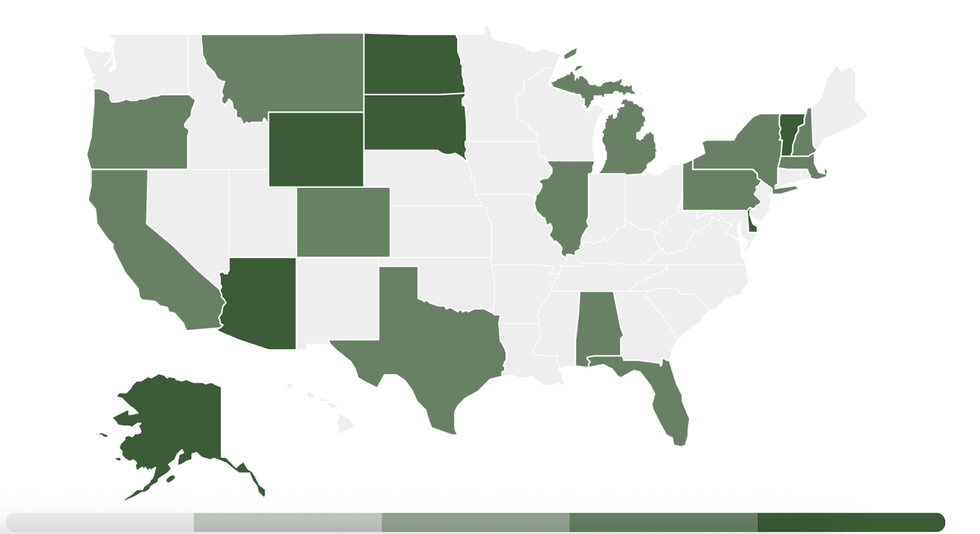
Methodology
OpenSecrets analyzed federal campaign finance disclosures. This analysis reflects candidates who raised more than $200,000 during the 2024 election cycle and participated in the general election.
Outside Money, Inside Influence: How National Donors Shaped the 2024 Congressional Elections was originally published by Open Secrets and is shared with permission.
Robby Brod is Multimedia political journalist, strategic communications professional, and marketing copywriter.







